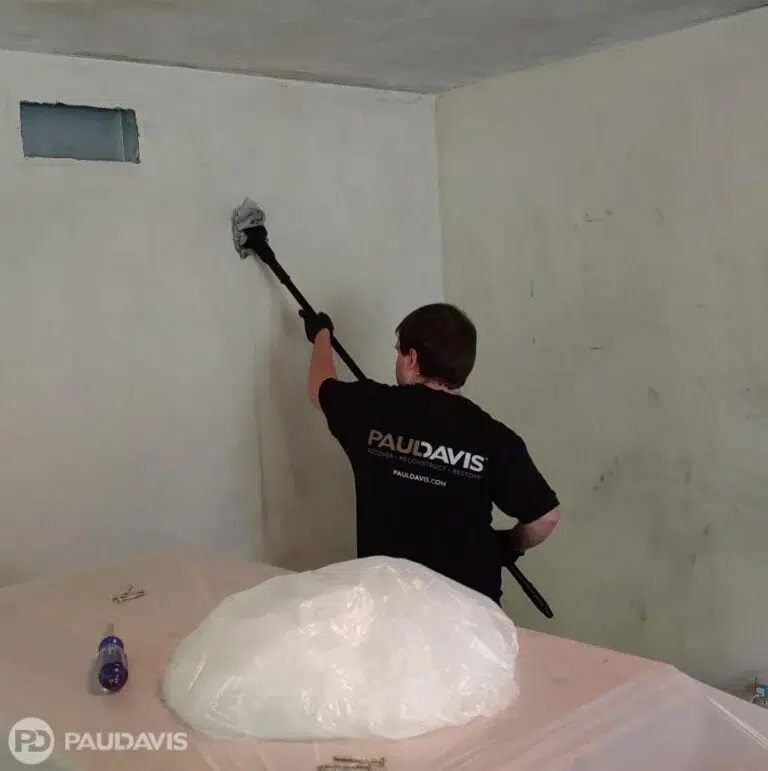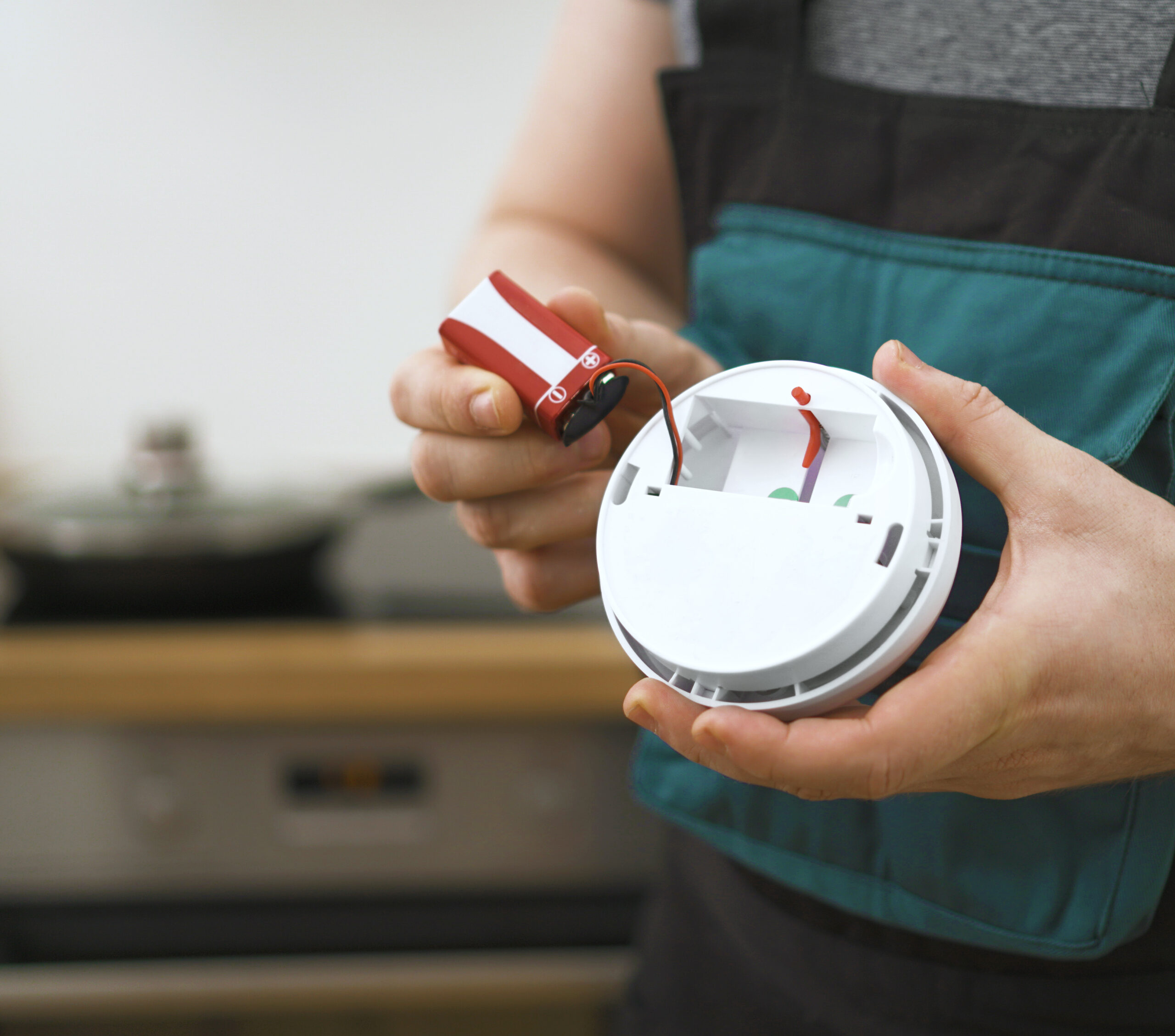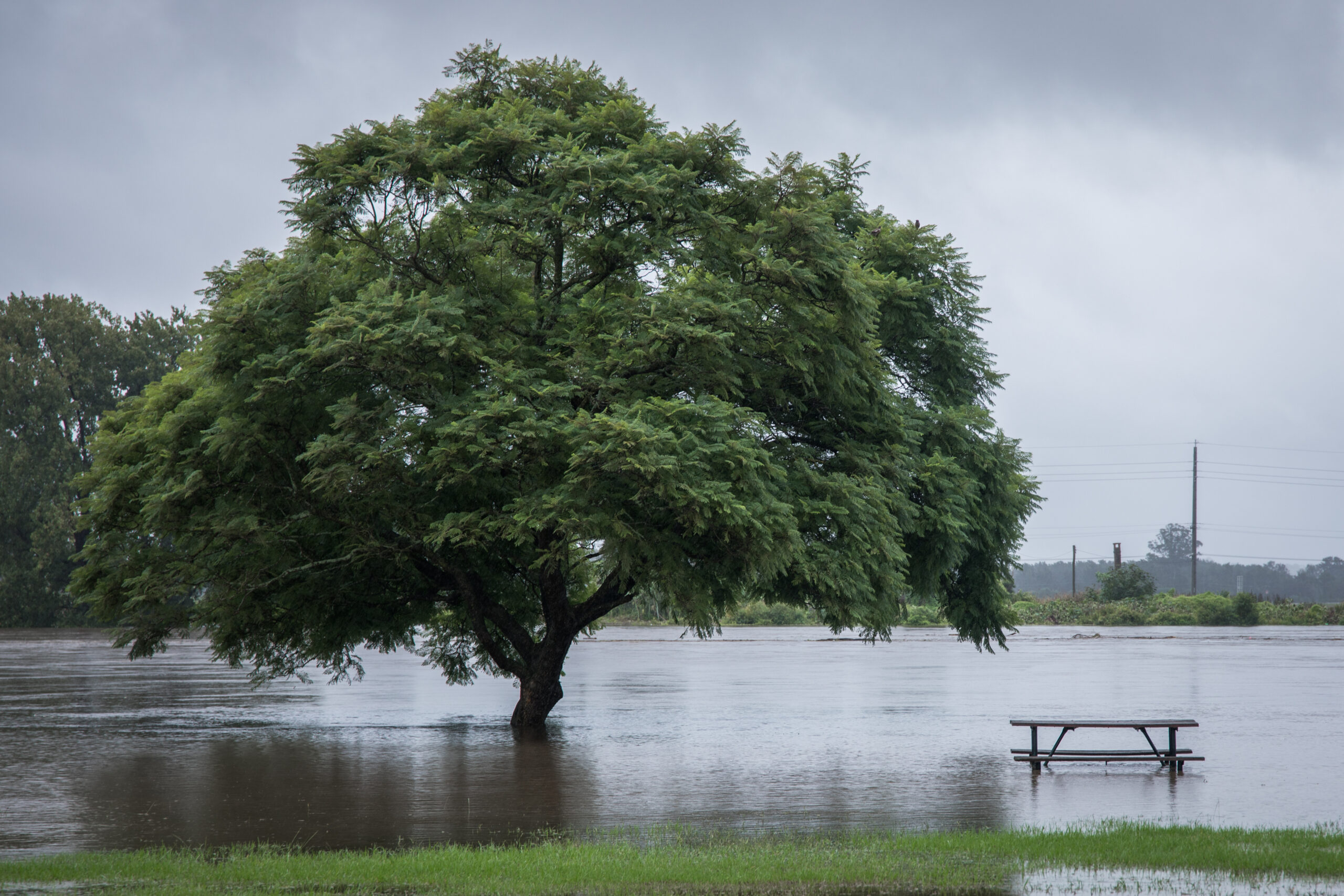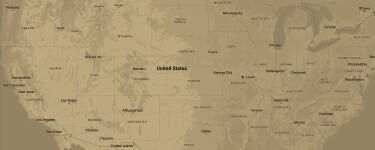
Returning from a quick errand, the Smiths, to their horror, discovered flames consuming the living room curtains and inky black smoke rolling across the ceiling. The space heater – left running for fewer than 10 unattended minutes – had ignited the flammable drapes. Fortunately, the Smiths kept a fire extinguisher at the ready and smothered the blaze.
The flames were quickly doused and confined to one room but the insurance company insisted that professional restorers evaluate the entire first floor. That’s no surprise, says Shelly Koelper, Owner and General Manager of Paul Davis of Northeast Indiana. Even small fires damage large areas. “Flames spew a toxic soup as synthetic materials burn. Belongings and interiors rapidly become coated with carbon, oils, heavy metals, carcinogens, and other dangerous chemicals,” she explains. “Where those toxins land isn’t always obvious to the untrained eye but unless these deposits are addressed, the damage increases over time.”
Four types of materials need particular attention after a fire:
- Electronics: External surfaces will gradually develop pitting, staining, and material weakness unless they are cleaned with specialized solutions and degreasers. Further, smoke-damaged electronics are prone to extreme overheating and premature failure thanks to a black film inside the device that adds insulating properties to heat-sensitive components. If these devices were not powered on during the fire, do not turn them on after the fire is out. Corroding acids could immediately react and cause device failure. Seek professional attention now.
- Furnishings: Even faint odors and light soot – which may blend in with darker items – degrade furniture over time. Additionally, problems resurge with warmth, humidity, and increased air circulation. Paul Davis treats furnishings with chemical treatments like ozone, physical techniques, and specialized cleaning degreasers, brighteners, solvents, and anti-mildew agents.
- Clothing: Garments absorb odors quickly – and soot from a distant fire can easily enter closed closets and drawers. Many fire survivors are amazed to find that Paul Davis restores most clothing items to exceptional condition – in many cases better than before the blaze.
- Drywall: Drywall is fire resistant to varying degrees. But paint atop the drywall is easily degraded by smoke and soot. Even though you can’t see the fine layer, it’s probably there. Seemingly untouched walls may gradually change color and flake off months after the fire. Paul Davis technicians often replace drywall instead of restoring it; in the incident above, crews replaced many panels.
And if these items escaped a house fire unscathed? Paul Davis’ team rejoices right along with these lucky homeowners. “We very carefully inspect and document what we find,” Koelper concludes. “If something needs attention, we will absolutely address it. And if something does not need attention, that’s wonderful. We are thrilled to deliver that good news.”











